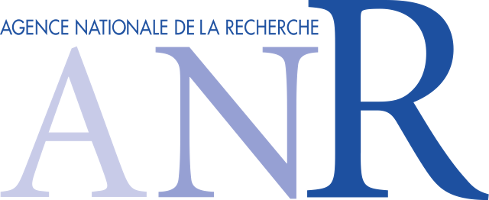In the continuously evolving field of Brain-Computer Interfaces (BCI), the HiFi project seeks to bridge the existing gap between fundamental neuroscience and applied neuroengineering. Unlike previous endeavors that primarily focused on machine learning techniques and ergonomic protocols, the HiFi project is designed to delve deeper into the neurophysiological markers essential for individualized online BCI applications.
The primary objective of this project is to develop individualized generative models that focus on the neurophysiological markers of motor control. This approach aims to significantly enhance the efficiency of EEG-based online decoding of movement-related activities. Our research is dedicated to identifying and validating specific EEG signatures of motor control, concentrating on both healthy subjects and individuals with motor impairments.
At the core of our initiative is the investigation of oscillatory activity within the beta and mu frequency bands. Historically, BCIs have assumed that sustained beta and mu oscillations occur in each trial and that time-averaged oscillatory power serves as the focal signal of interest. Our project challenges this narrative by emphasizing the dynamic nature of beta and mu activities. Instead of focusing on slow changes in sustained oscillations, we explore the rich potential of transient bursts of activity occurring in individual trials. This approach promises to unveil complex temporal and spatial structures in EEG data that have previously been overlooked, potentially enhancing the decoding accuracy of BCIs significantly.
Our research methodology incorporates burst-level analyses, aiming to uncover a wealth of information encapsulated within beta and mu activities at an unparalleled level of temporal and spatial detail. Recent studies and preliminary data indicate that analyzing these bursts on a trial-by-trial basis can offer higher predictive accuracy for motor responses compared to traditional methods. This novel methodological approach opens a pathway to significantly enhancing the decoding accuracy of BCI techniques, offering a promising avenue for future research and development in the field.
 This project has received funding from the French National Research Agency (ANR) within the program “Investissements d’Avenir” (2019-ANR-LABX-02)
This project has received funding from the French National Research Agency (ANR) within the program “Investissements d’Avenir” (2019-ANR-LABX-02)